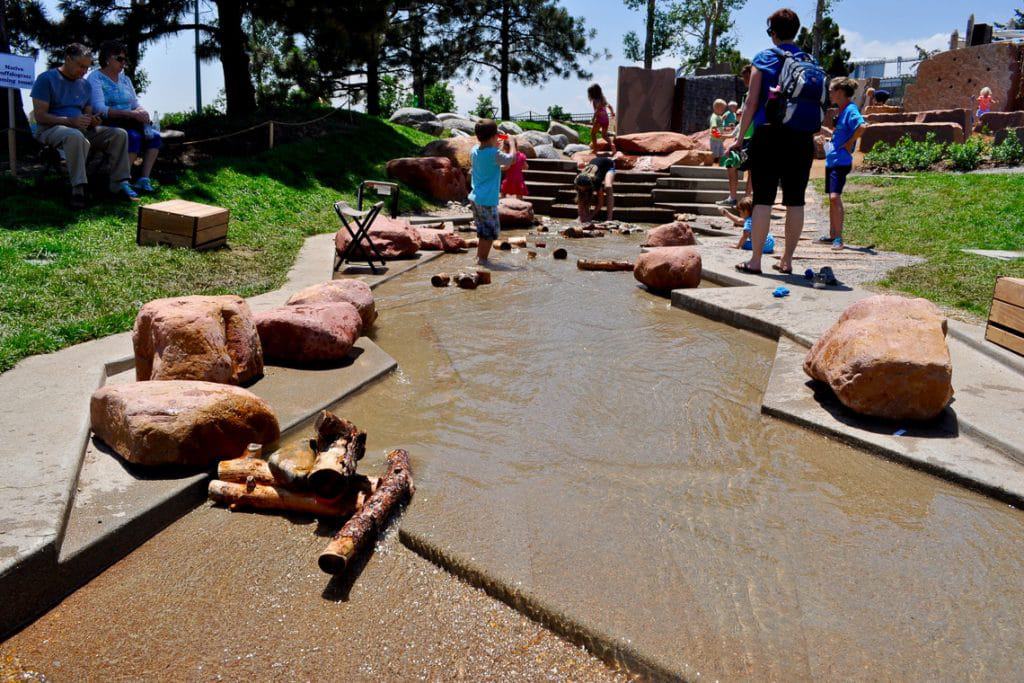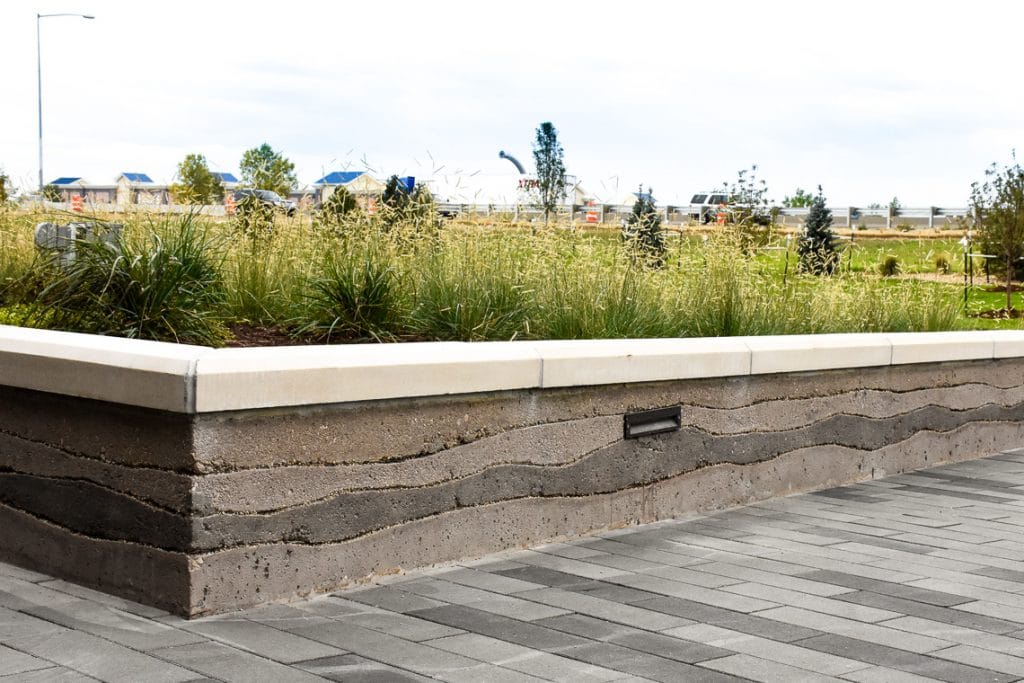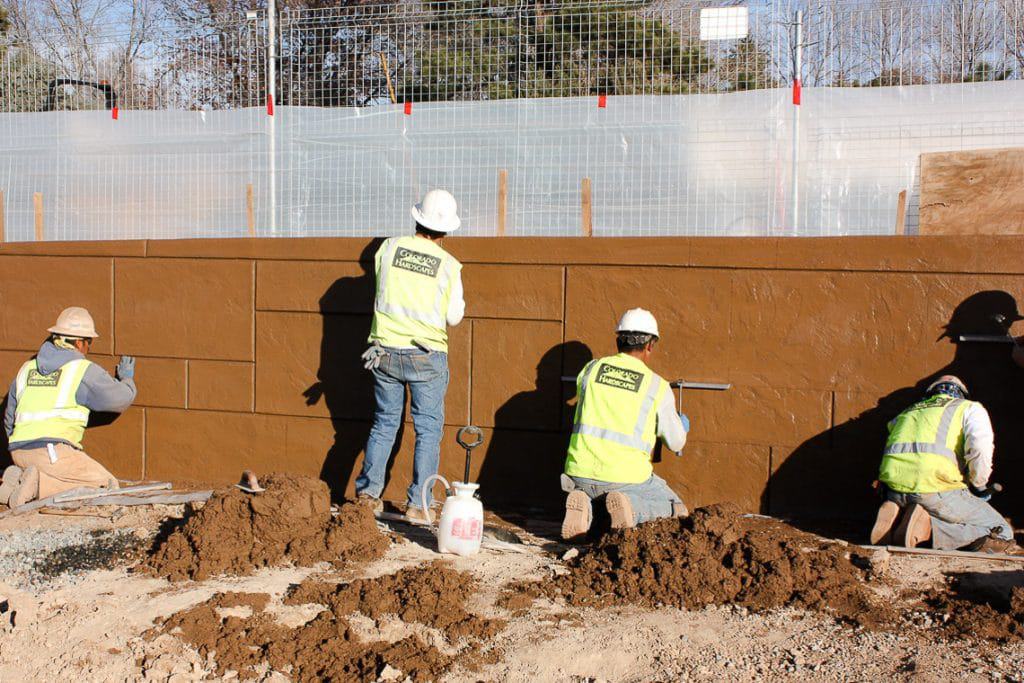USE CRACK CONTROL JOINTS IN COLLABORATION WITH YOUR DECORATIVE SAWCUT DESIGNS.
Architectural concrete comes in just about every tone, texture, and treatment imaginable. One aspect is decorative sawcuts. When balancing both design objectives and structural integrity, many factors need to be considered. Depending on the design, our concrete artisans may hand tool sawcuts while the concrete is still fresh. Otherwise, they may come back and add those decorative sawcuts up to 30 days after the concrete was poured. While we do continue to push boundaries in pursuit of meeting design objectives, we do so while still considering concrete nature and character.
Decorative Sawcuts vs Crack Control Joints
Looking at concrete from a structural point of view means incorporating crack control joints. These joints allow concrete to settle into place after poured. The main purpose of these joints is to control where cracks happen. Therefore, if and when cracks do happen, they will be below the surface level and hidden by the joints.
When referring to decorative sawcuts, we mean cuts in concrete for aesthetic reasons. In other words, individualized patterns are cut into the finished surface to develop the overall look or design intended. These cuts most often times have no crack control benefit to them.
Ultimately, successfully managing any construction project requires collaboration. Sometimes this means collaborating in order to add crack control joints into your decorative sawcut design. To dive into this deeper, let’s look at two recent examples of design and construction collaboration around decorative jointing vs crack controlled joints.
Gaylord of the Rockies
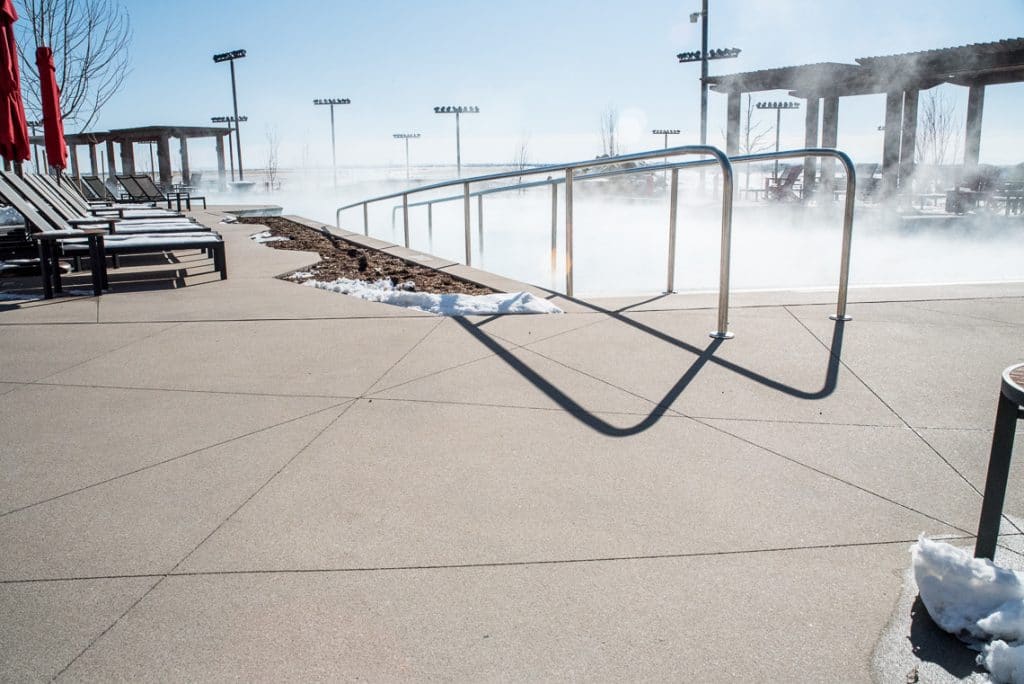
At the Gaylord Rockies Resort, an abundance of decorative sawcuts creates an abstract pattern on the walkways and around resort’s pools and lazy river. Concerned about the long-term impacts of randomly scoring the concrete, Colorado Hardscapes’ Superintendent, Jeremy Lefever, collaborated with the designer personally. Walking every path together they personally marked the designer’s ¾” decorative joints and the 1½ control joints to control cracking. This results in a decorative treatment that achieves visual objectives without compromising the concrete’s integrity.
Boulder Civic Area Park
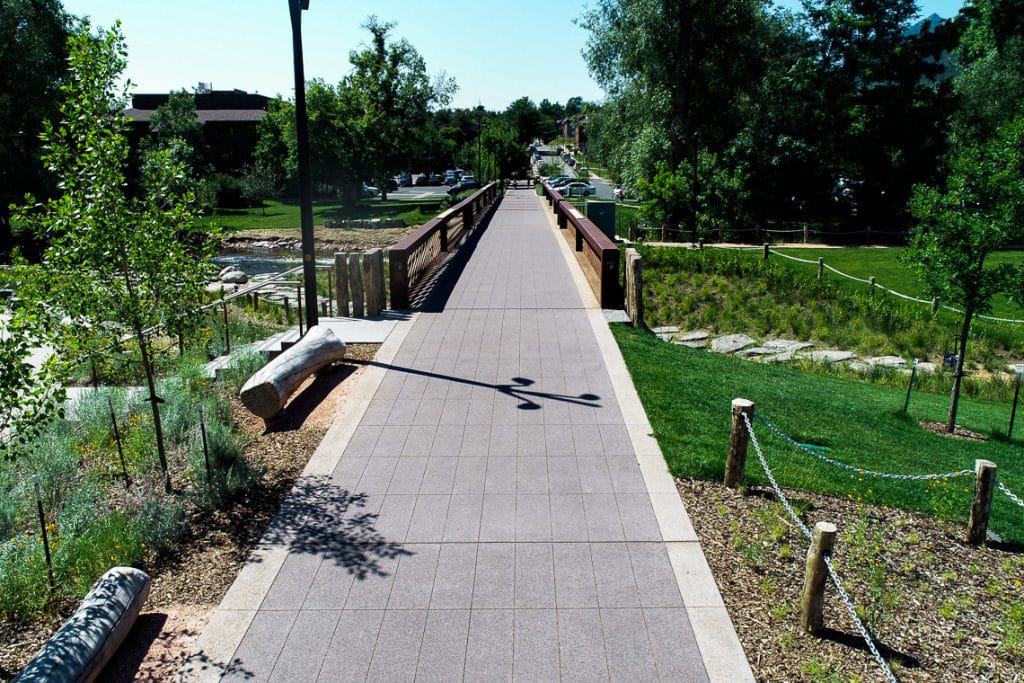
In contrast to the abstract nature at Gaylord is another project. Over at Boulder Civic Area Park, decorative jointing creates a linear look down the main walkway. This highlights the “spine” through the park and over Boulder Creek. The design called for a tightly synchronized 12” x 30” decorative saw cut pattern repeated across the full length of the walk. As a result, the control joints camouflaged with the linear designs effortlessly. These long, straight cuts extend a full two city blocks and give the spine strong, intentional character.
Don’t let functionality deter you from your design options when endless possibilities await. Whether it’s linear, curved, or abstract decorative sawcuts, Colorado Hardscapes can help place crack control joints seamlessly in your design plans. If you have flatwork questions, Colorado Hardscapes has flatwork answers. In brief, bringing us technical inquiries after your design intentions are satisfied will ensure the liveliness of any project.
